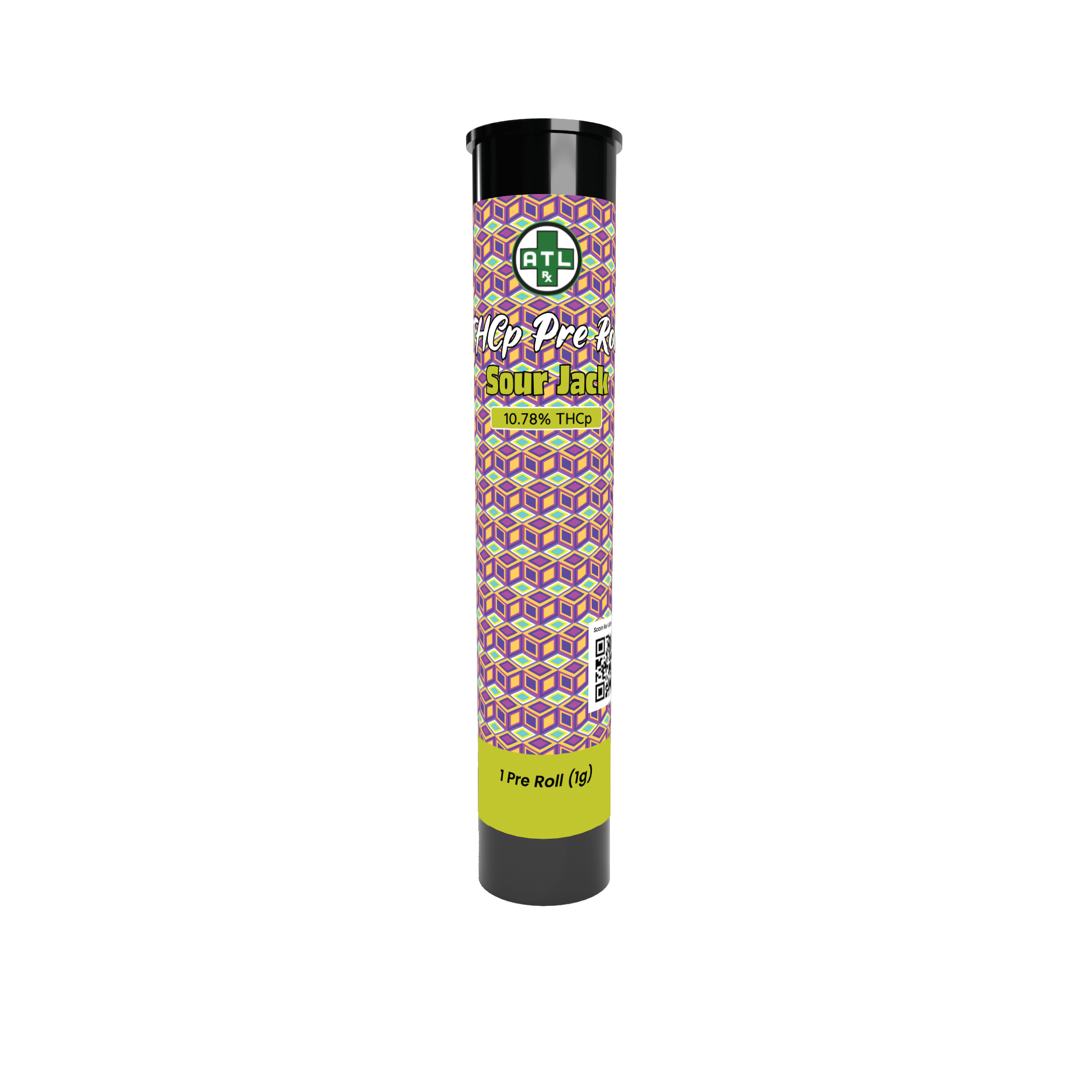
$11.99
![]() >
Blogs
>
Cannabis >
Spliff Vs. Joint Vs Blunt: What’s the Difference?
>
Blogs
>
Cannabis >
Spliff Vs. Joint Vs Blunt: What’s the Difference?
THE STATEMENTS ON THIS BLOG ARE NOT INTENDED TO DIAGNOSE, TREAT, CURE, OR PREVENT ANY DISEASE. THE FOOD AND DRUG ADMINISTRATION HAS NOT EVALUATED ANY STATEMENTS CONTAINED WITHIN THE BLOG. ATLRX DOES NOT IN ANY WAY GUARANTEE OR WARRANT THE ACCURACY, COMPLETENESS, OR USEFULNESS OF ANY MESSAGE. THE INFORMATION CONTAINED WITHIN THIS BLOG IS FOR GENERAL INFORMATIONAL PURPOSES ONLY.
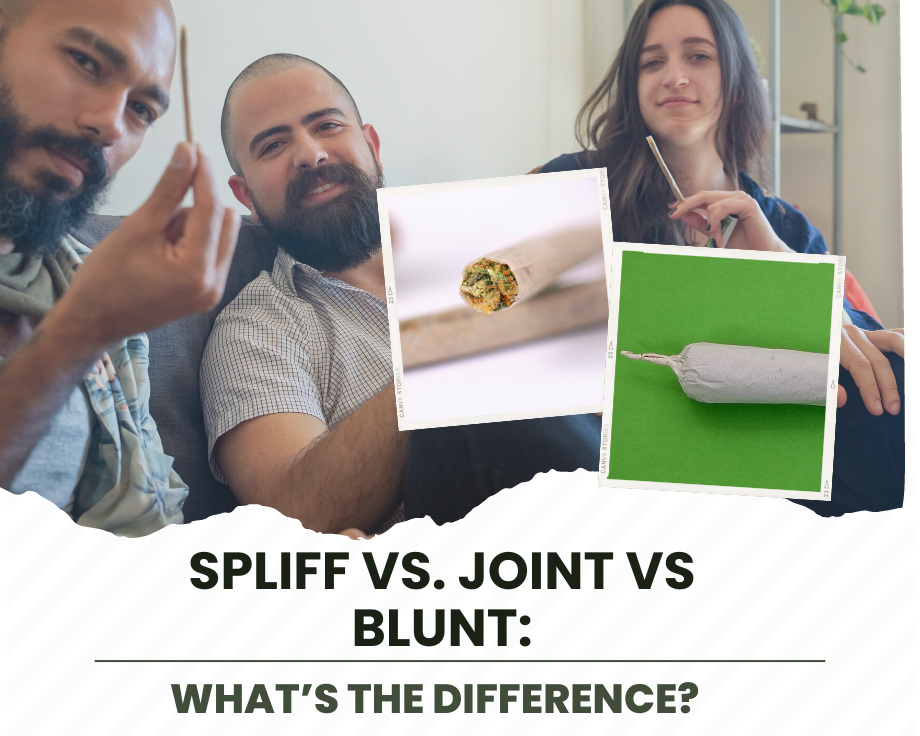
Are you new to cannabis? The terminology is probably something you want to learn.
We will contrast the similarities, benefits, and drawbacks of joints (only cannabis) with spliffs in order to help you grasp the distinctions (between tobacco and cannabis). Spliffs and joints are easily the oldest way people have been using cannabis. These two methods are probably the most popular as well, from the early 70s til now.
Additionally, you can learn how to roll joints and spliffs as well as what effects to anticipate.
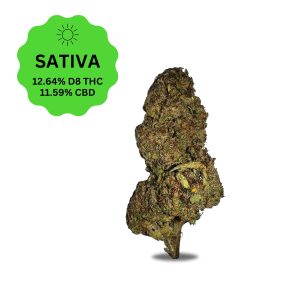
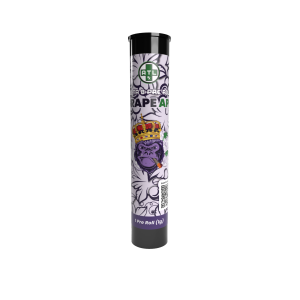
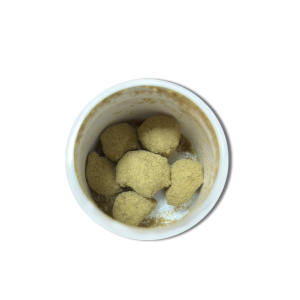
A traditional joint is a cannabis or marijuana flower that has been ground up and rolled in cigarette paper. You can customize the internal content to your needs since there are no additives. Some like to utilize hemp flowers in place of kief or concentrate, which is something that many people like to add to their pre-rolls.
In the United States, joints are the most common type of roll. They can be lit up everywhere you’re allowed because they are portable (which pretty much means at home). In states where marijuana and cannabis are legal many people enjoy them in outdoor settings like concerts and festivals. Joints have been “ice breakers” at gatherings for a long time. The common “hey you want to step out for joint?” has been said many times during parties and other social events. Typically, a joint is the same size as a cigarette.
A joint is a basically a roll comprised of the following parts:
Only the best-quality, ground Delta 8 flower or marijuana buds are used to roll joints. You can select any strain or combine a few, then roll them yourself (if you have the experience to make them compact).
You can purchase a machine or attempt to do it by hand if you’re a newbie, but don’t expect to get it properly the first time. But persevere because practice makes perfect.
The rolling paper commonly referred to as “blank,” “cigarette paper,” or “joint paper,” is the second component of a joint. This paper can be created from wood pulp, rice straw, flax, or hemp and is often very thin.
Plant fibers, as opposed to wood fibers, are typically used to make rolling papers since they tend to burn more slowly and make smoking easier.
After the plant’s fibers have been removed, they are pressed and turned into paper. The paper’s color, flavor, and burn rate are then “perfected” using chemicals including calcium carbonate, bleach, and dyes.
The dimensions and thicknesses of rolling paper vary. It can be big, small, medium, thin, ultra-thin, wide, and king-size. It typically ranges in length from 70 to 110 mm.
Modern rolling papers can be found in a variety of hues, including gold, polka dots, and clear, as opposed to traditional white or light tan. It also comes in distinctive tastes, such as blueberry, grape, pineapple, and many others, that heighten the pungency of a strain. There are hundreds of different brands and types of rolling papers in today’s market to choose from. We at ATLRx prefer the Raw Hemp rolling papers.
A crutch, often referred to as a “joint tip,” “filter,” or “mouthpiece,” is frequently an extra part of a joint. In order to offer stability and prevent burns, it is placed at the drawing end of the roll, allowing you to use the joint all the way through. A crutch is different from a cotton cigarette filter in that it can be constructed of paper, wood, glass, and ceramic.
Both the terms “filter” and “crutch” relate to the substantial piece of paper that is attached to the end of the roll.
However, a crutch’s purpose is to keep the user from getting cannabis plant material in their mouth and to avoid burns. They can be made of various materials.



Although a spliff resembles a joint perfectly, it differs from a joint in that it also contains tobacco. Spliffs resemble hand-rolled cigarettes in both size and shape.
When there is a dearth of high-quality cannabis and the user wants their stash to last longer, they often manufacture spiffs. Many individuals enjoy the flavor of cannabis and tobacco combined, although this mixture is frequently employed to cover over the taste of subpar cannabis.
Did you know that the French adjective joindre, which means “joined,” is where the term joint gets its name? However, the name “spliff,” which simply refers to a marijuana cigarette devoid of tobacco, is said to have originated in Jamaica and the West Indies. It expanded to the United Kingdom and all of Europe, where the term usually typically denotes that it includes tobacco.
On the other side of the planet, the working class in central America started smoking hand-rolled cigarettes that included cannabis and tobacco. The Mexican song “La Cucaracha” is where the slang term “roach” acquired its name.
Later in the 1920s, New Orleans musicians started going on tour with the infamous “jazz cigarettes” that became well-known in speakeasy culture during the Prohibition era. Additionally, using a joint came to represent a nonviolent, non-violent protest against a corrupt system in the 1960s anti-war counterculture.
A spliff experience nowadays is totally subjective and up to you.
A spliff consists of only a couple of the following:
The majority of spliffs don’t contain more than 50% tobacco, although users can change the marijuana/tobacco ratio to their personal preferences.
A spliff appears to be quite similar to a joint from the outside. They are rolled in the same cigarette or joint-rolling paper. You cannot distinguish a spliff from a joint merely by looking at them; the difference is in the substance.
As was already said, rolling papers are typically white or light tan in color, but as the industry grows, more elaborate color combinations may become available.
Since the length of the rolling paper closely correlates to the size of the spliff, the majority are around three inches long. Some joints are thinner than usual, but the majority are around the same thickness.
It can be challenging to tell a joint from a spliff unless the rolling paper is transparent and the tobacco can be seen.
Your spliff experience depends on the paper you select. Generally speaking, thicker papers burn more slowly than thinner ones, which can affect flavor because you might taste the paper more.
A spliff can also be made without the crutch. This addition is constructed from ceramic, wood, silicone, glass, or a durable piece of paper. With spliffs, the crutch vs. filter argument is a little bit different.
The substantial piece of cotton attached to the end of a cigarette that removes contaminants from the smoke is known as a filter. The majority of users dislike using filters on joints, but because spliffs contain tobacco, they might.
Even though they have a similar appearance, joints and spliffs taste very differently.
Since a joint is made entirely of cannabis, you can smell the strain inside in its pure, unaltered form. Even rosin can be applied to your joints. You will smell the strain in all of its completeness if the rolling paper has no flavor.
Since it contains tobacco, a spliff probably smells more like a cigarette than a joint.
Because a blunt is wrapped into a cigar, the smell of a spliff is remarkably similar to that of a blunt. But because they contain more tobacco, spliffs produce a more energizing experience.
A joint has many advantages, which we’ll examine next.
There are also some drawbacks. Here are a couple of cons.
The pros and cons of spliffs will next be discussed, despite the fact that they are comparable to joints.
See if the benefits exceed the drawbacks for you.
Spliffs’ major drawback frequently causes people to dislike or not prefer them.
Unless you’re a natural and understand it straight away, we won’t guarantee that it’ll be simple. This is almost like origami but for cannabis. People even say that rolling the perfect joint is like an art. However, even if it’s challenging, there is a way to achieve it.
Spliff rolling is the same as joint rolling. You’ll also need to ground the tobacco in addition of the cannabis.
When you’re rolling your spliff, you can choose the ratio of tobacco and cannabis. Perhaps you prefer a 50:50 mixture of tobacco and cannabis or a little cannabis with heaps of tobacco.
Because nicotine keeps the spliff tight, you can use a filter at the end in place of a crutch. You can still make a spliff by mixing it with kief, wax, or oil.
In actuality, neither choice is intrinsically “better” than the other; it all depends on the individual and their personal preference.
Because joints are made entirely of cannabis, there is no need to worry about nicotine. Spliffs, however, provide a distinct, energizing feeling that a joint cannot and an extra head buzz.
The best course of action is to buy a premium, pre-rolled version of each, test them both, and decide which you like most. The only way to know which one you will like more is to is try them for yourself.
A roll of marijuana wrapped like a cigar or blunt is known as a blunt. These wraps are constructed of tobacco, which gives your cannabis high more vigor and buzz. They typically last much longer and are larger than joints and spliffs.
Blunt wraps are frequently offered in 1- and 2-packs at the corner or grocery stores. They frequently have flavors. A cigar can also be cut open, its contents removed, and the wrapping used to make a blunt. For blunts, cigarillos like Swisher Sweets, Phillies, or Dark & Milds work well.
Blunts have devoted followers. Some people just use blunts while others reserve them for special events.



At ATLRx we have the best pre-rolled Delta 8 online. We also carry premium Delta 8 flower from the best hemp growers in the United States. All organically grown and third-party lab tested for purity, quality, pesticides, solvents, and any other contaminants. You will have a variety of strains to choose from when you shop online at ATLRx. Each Delta 8 flower strain with its own unique aroma profile with a range of terpenes. Not only do you get the best Delta 8 flower at ATLRx but we have a variety of different Delta 8 products like Delta 8 tinctures, Delta 8 gummies, and concentrates.
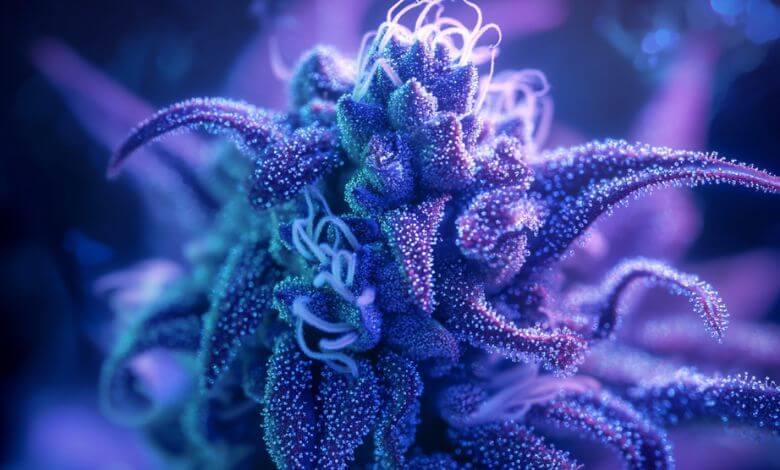
April 14, 2025
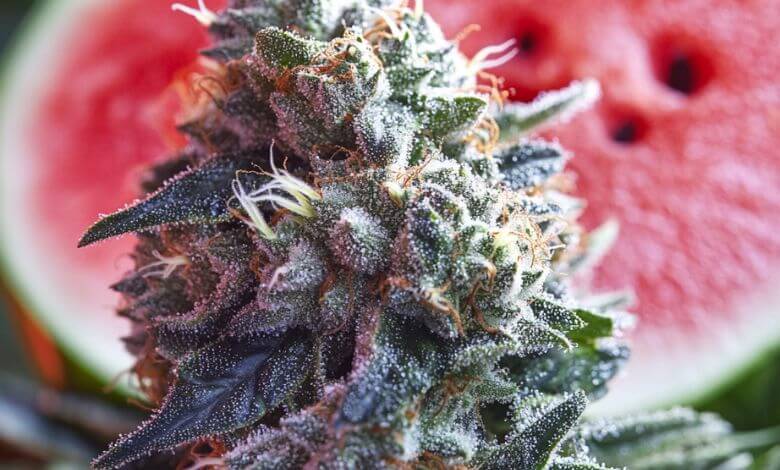
April 11, 2025
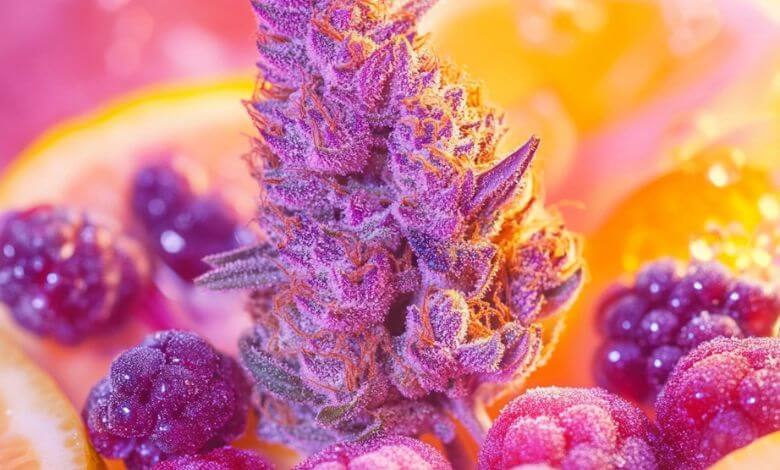
April 10, 2025
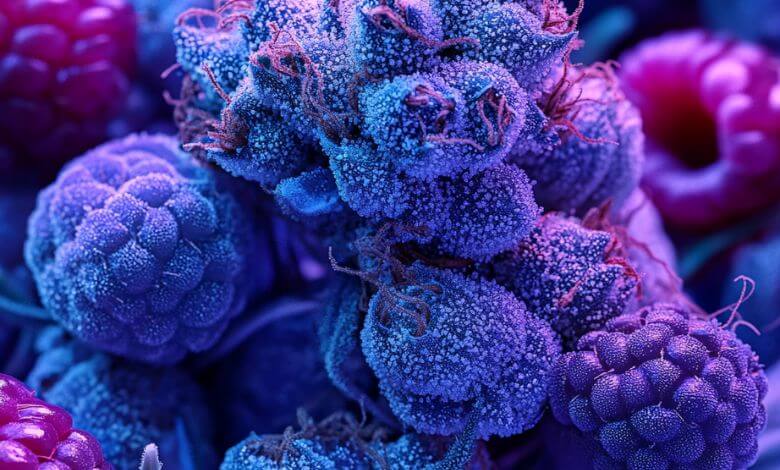
April 4, 2025
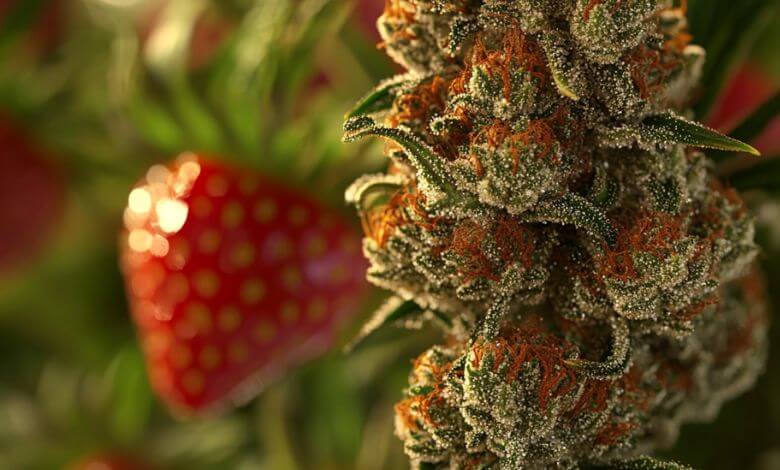

$11.99
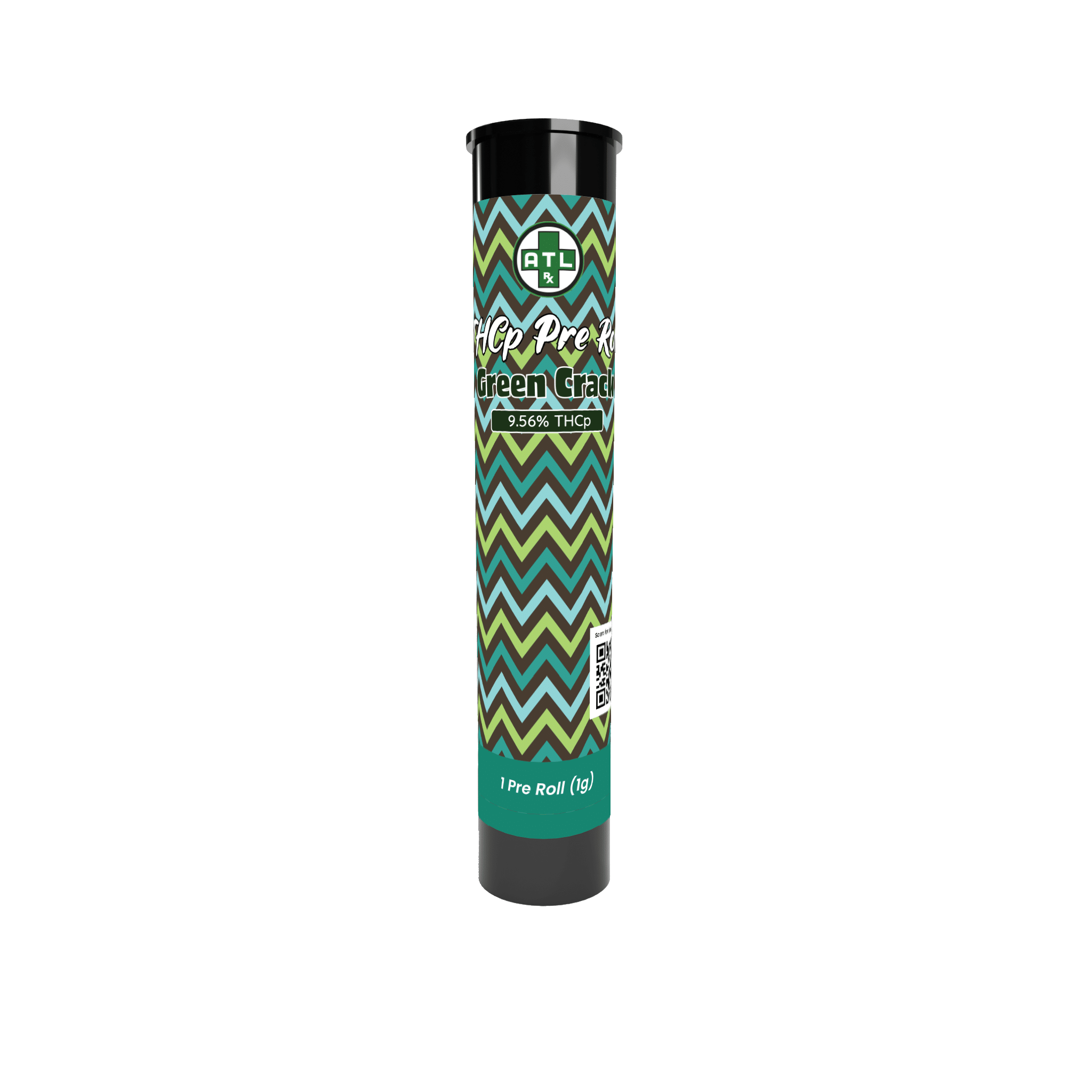
$11.99
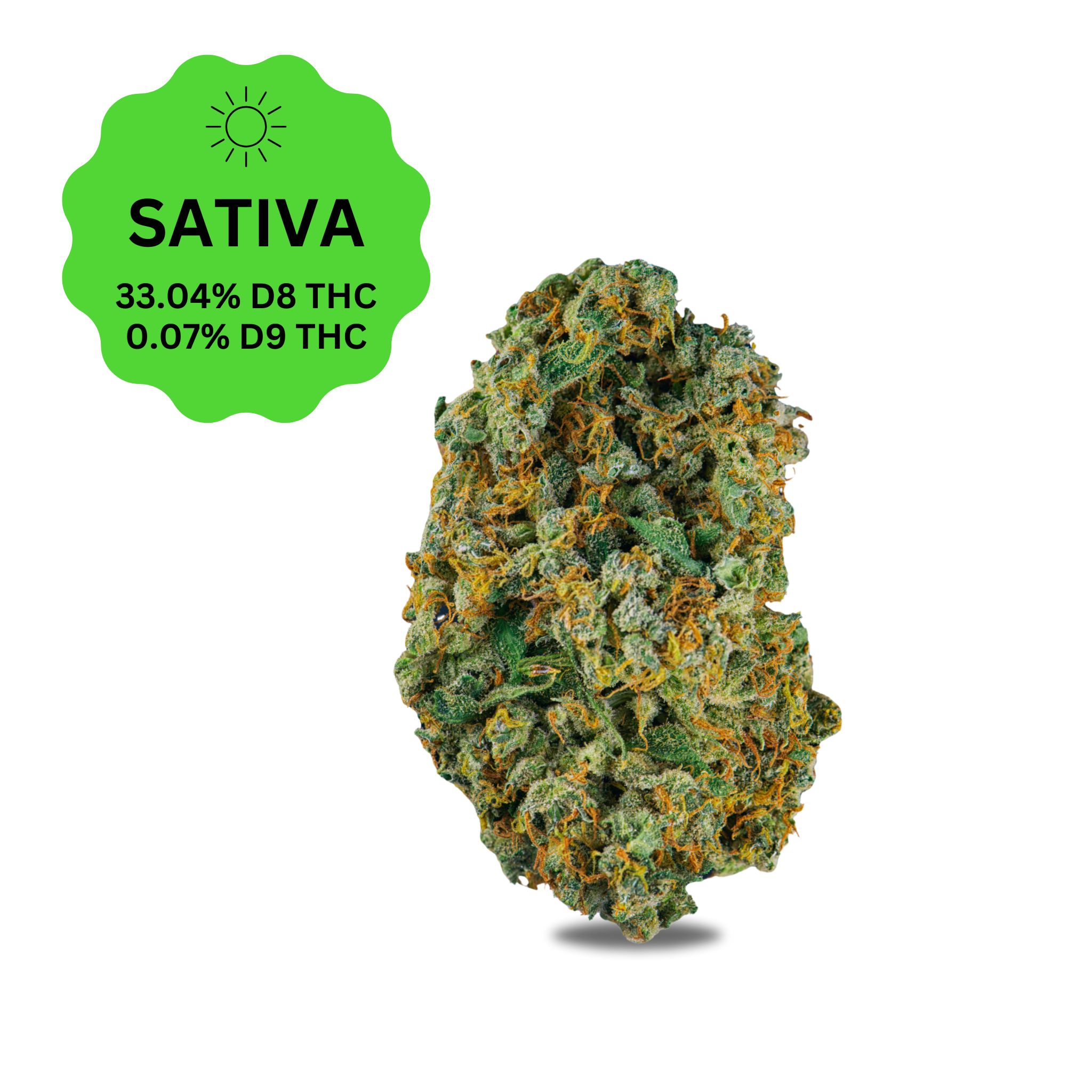
$14.99
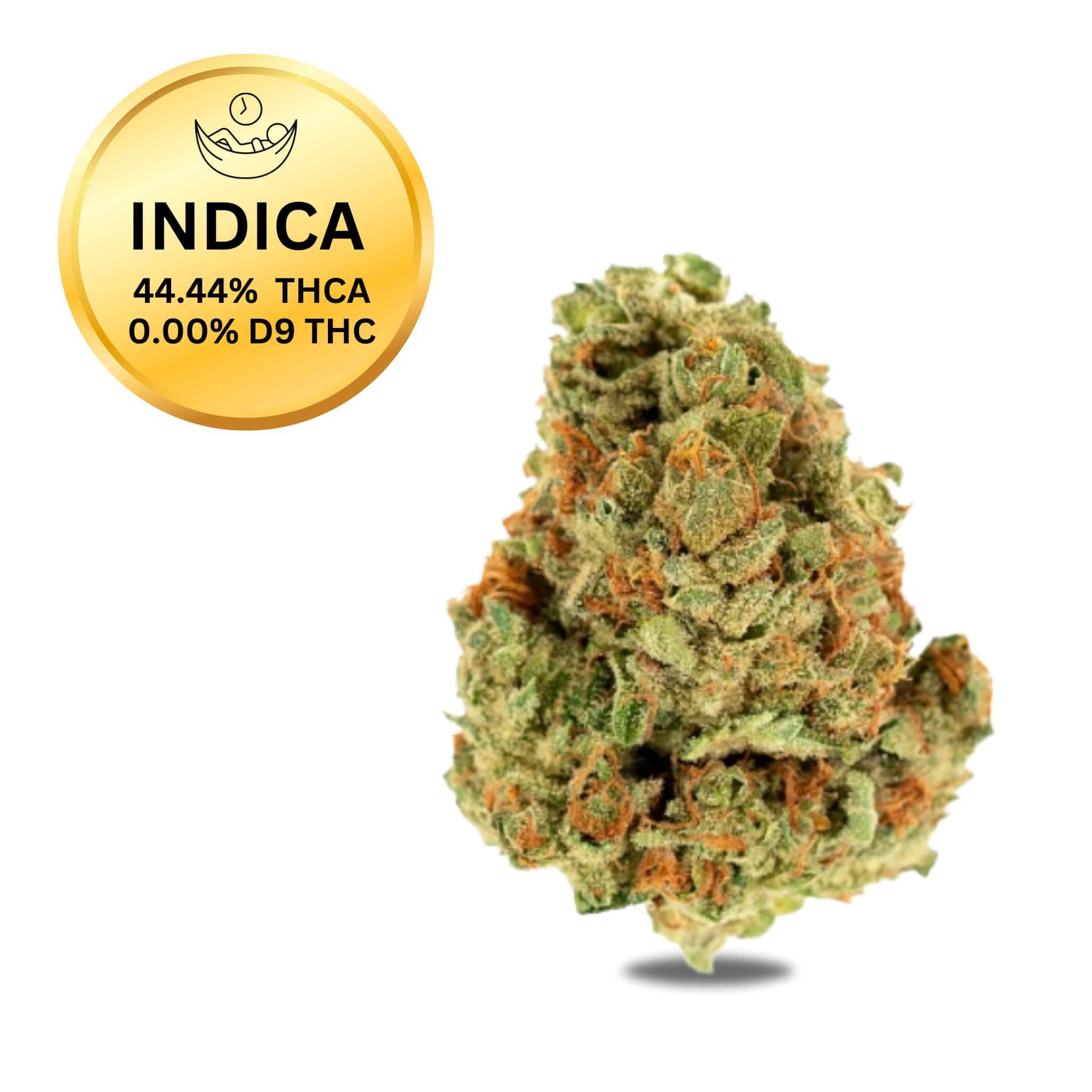
$19.99
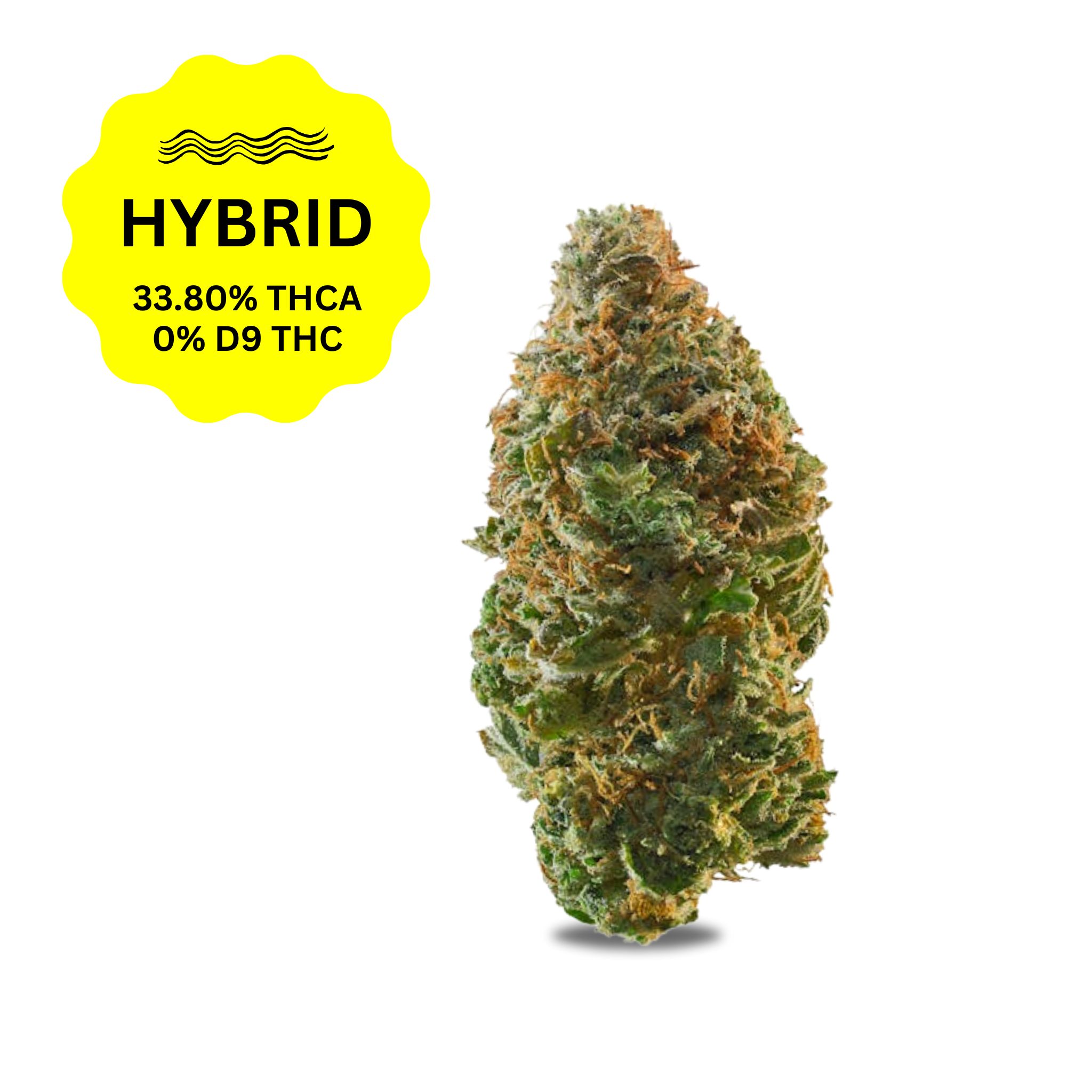
$14.99
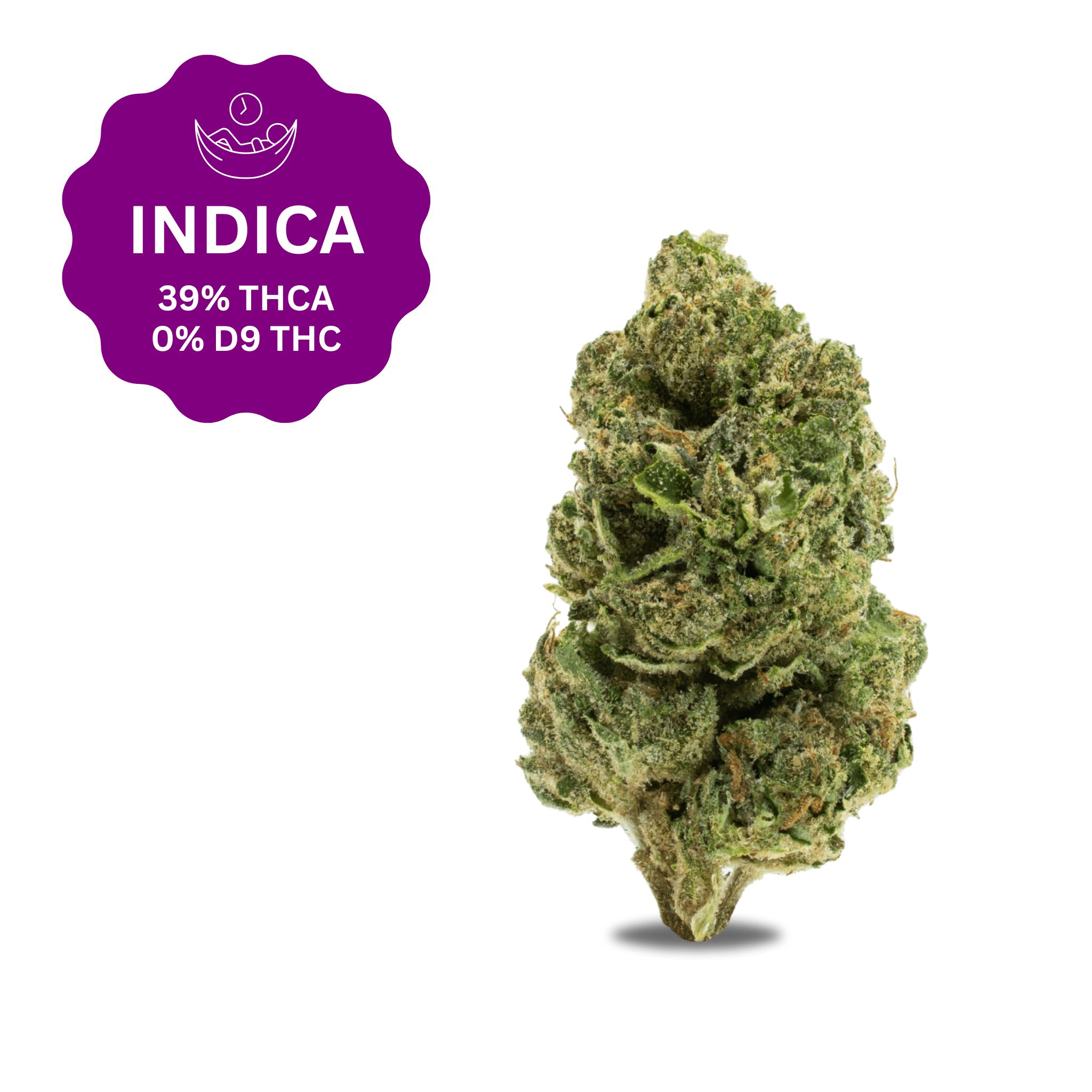
$14.99
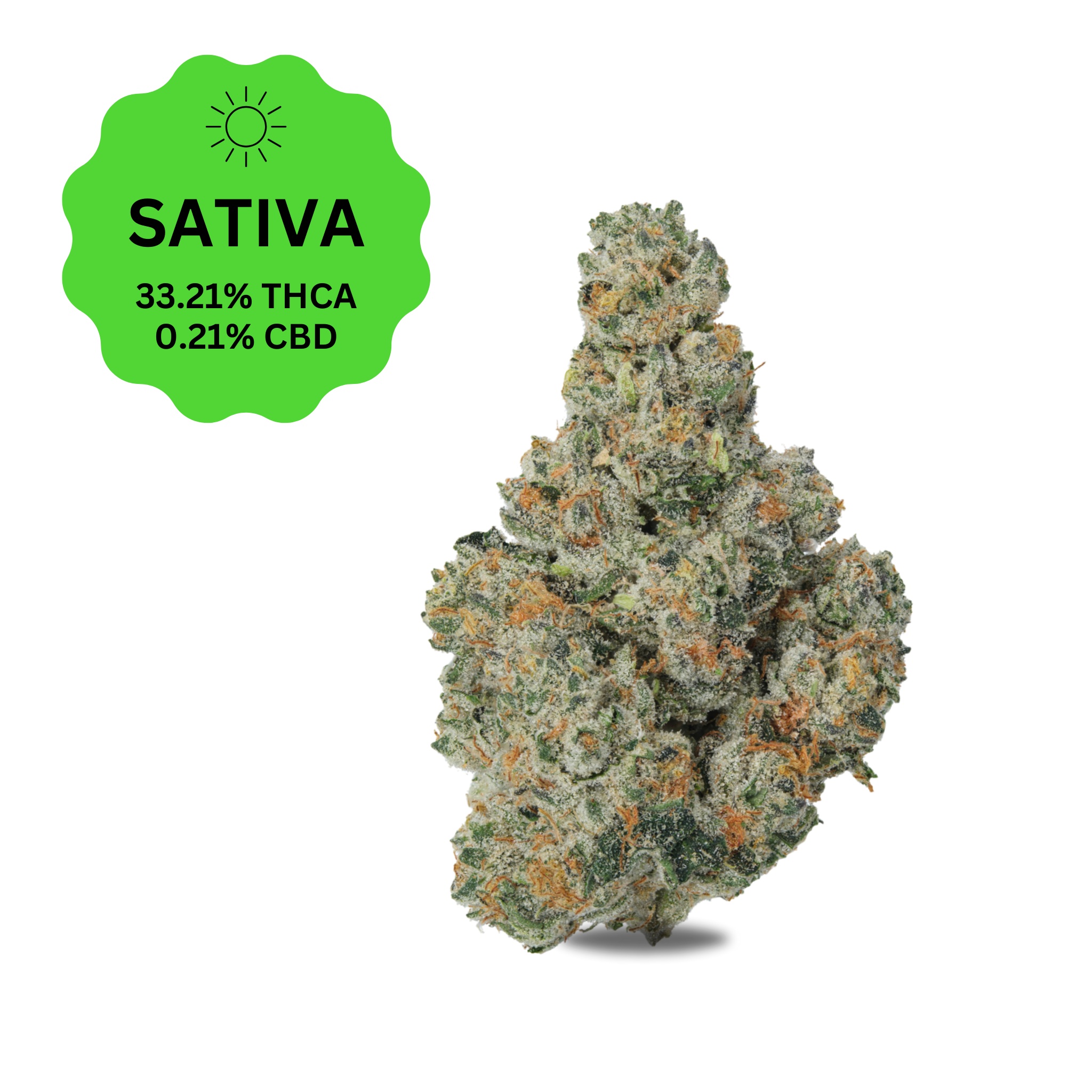
$14.99

